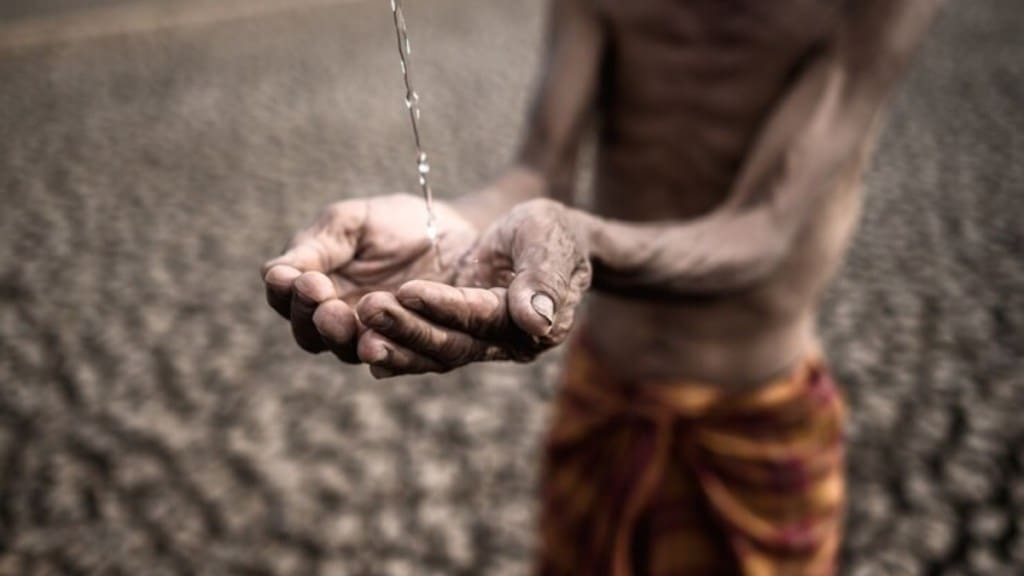By Ashok Gulati
India’s 78th Independence Day is an occasion to look back on our major achievements as well as our failures to learn, so that we can move faster to Prime Minister Narendra Modi’s cherished dream of Viksit Bharat@2047. The year is still quite far away, but to achieve this ambitious goal, we must clearly define our milestones every three to five years till 2047.
This will help us to measure our progress on a given time scale, and, if need be, do some mid-course correction in our policies and strategies. But India is not alone on this planet. When we become Viksit by 2047, where would the other major countries be, especially our neighbour China?
Two fundamental duties of the state are to secure its borders, and have peace and prosperity for its people. I am not an expert on border security, but suffice to say India has managed it reasonably well so far despite having small wars with Pakistan and China. But its challenge on the borders is increasingly worrying with the rapid rise of China, both economically and militarily. Not just that, but almost all our adjoining neighbours are getting closer to China and away from India. We need a better policy and diplomacy.
However, domestic peace and prosperity comes primarily from freedom from hunger and poverty. When India achieved independence in 1947, more than 75% of her population was immersed in extreme poverty. We also have the memories of British India when in 1943, there was the Bengal famine, in which 1.5-3 million people are estimated to have died of starvation.
The biggest debacle on the food security front, however, took place in our neighbouring country, China, where an estimated 30 million people died of starvation during the Great Leap Forward from 1958 to 1961. Both nations had exploding population in 1960s, and had a major challenge in feeding their people. Both were saved by the introduction of new technologies in agriculture, which ushered in the Green Revolution in India in the late 1960s, and almost a similar breakthrough in China.
China learnt its lessons much earlier than India and ushered in economic reforms in 1978, starting with agriculture. It dismantled the commune system and moved on to a household responsibility system and freed the prices of most of its crops from government controls. As a result, China’s peasantry doubled its real incomes in just six years, increasing by more than 14% per annum during 1978-1984.
These rising real incomes in rural areas provided the demand base for manufactured products being produced by their town and village enterprises. Today, China is the hub of global manufacturing, and its per capita income is almost five times that of India in dollar terms. And its agriculture produces almost double the value that India does from a lesser cultivated area.
China has not only opened land lease markets for 30 years, but also supports its farmers immensely, primarily as income support on per acre basis and also through market price support. This support (producer support estimate [PSE]) is even higher than the average farmer in OECD countries. In contrast, India’s PSE is negative, meaning that it actually taxes its farmers through restrictive trade and marketing policies, even when it gives input subsidies as in case of fertilisers or power.
We must also remember that China imposed the one-child norm from 1981 to 2016, which contributed to a faster rise in their per capita income. We have a lot to learn from this experiment. Although India cannot and should not go that way, investing in the girl child’s education is critical to contain population growth, especially at lower levels of income.
India’s agri-growth has been moderate in relative terms. In the 20 years from 2004-05 to 2023-24, covering both the Manmohan Singh and Narendra Modi governments, agri-GDP has increased by 3.6% on an average.
This is reasonably good to feed the nation, where population growth has been coming down over the years and hovers below 1% per annum today. India is also a net exporter of agri-produce. Its exports in the last three years hover around $51 billion and imports are around $34 billion. While exports are well diversified from rice to marine products to spices to buffalo meat, etc., its imports are highly concentrated in edible oils and pulses.
In case of pulses, while the government keeps harping on self-sufficiency, the reality is that with business as usual, it is not going to happen. In fact, if policies do not change for the better in case of pulses, I am afraid our imports may go up to 8-10 million tonnes by 2030, as demand is likely to touch 40 million tonnes and production is hovering between 22 and 25 million tonnes since the last seven-eight years.
Pulses are less water- and fertiliser-consuming. If we reward them with the subsidies that we pay to grow rice in terms of power and fertiliser subsidies, we can have not only self-sufficiency in pulses but also much healthier diets and better soil, water, and environment (greenhouse gas emissions). In case of the Punjab-Haryana belt, our research at ICRIER suggests providing `35,000/hectare to farmers shifting from paddy to pulses for at least five years. It requires bold policymaking, but it is doable, provided the Centre and states join hands to do it.
Agri-R&D, irrigation, opening up land-lease markets, and building value chains of perishables on the lines of the AMUL model are some of the other policy issues that need to be put in place. Only then India can provide food security on a sustainable basis in the face of climate change. Nutritional security still remains a major challenge. Roughly 35% of our children below the age of 5 are stunted. We need to move from food security to nutritional security.
The author is Distinguished professor, ICRIER.
(Disclaimer: Views expressed are personal and do not reflect the official position or policy of Financial Express Online. Reproducing this content without permission is prohibited.)

